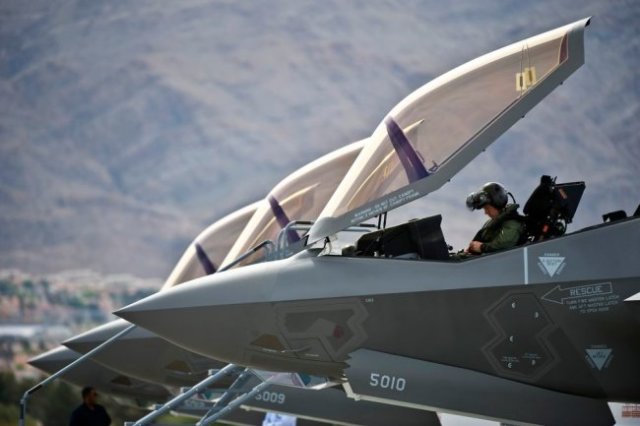The combat readiness indicators of the fighter aircraft of the US Air Force in 2021 have significantly decreased - without reaching the set indicators. The A-10 attack aircraft are the most combat-ready in front-line aviation - thanks to the modernization program - but they are of little use in the war, writes Air Force Magazine.
The data published by the Air Force concerns five types of aircraft. In addition to the mentioned attack aircraft, these are F-15, F-16, F-22 and F-35 fighters. Each of them failed to achieve the 80 percent combat readiness set by the Pentagon - on the contrary, the indicators only worsened.
The combat readiness of American aviation is assessed by two parameters. If an aircraft is capable of performing at least one of its main tasks, it is considered combat-ready. For example, the F-16 is designed for air combat, striking ground targets and suppressing enemy air defenses. If the Fighting Falcon is able to perform all three of these tasks, it is called fully combat-ready. The Air Force Command did not provide data on such aircraft, and the share of simply combat-ready F-16D decreased from 72 to 69 percent over the year. The readiness for combat of heavy F-15s, as well as inconspicuous F-35s, also fell below 70 percent. The latter are predicted to decline even more due to the onset of the first engine overhaul. For which there are not enough spare parts.
Older F-15s have similar problems. Due to the exceeding of their service life, their fleet is burdened with numerous restrictions, and many suppliers of spare parts have closed their business. The combat readiness of the most combat fighters, the F-22 Raptor, is the worst. A small fleet of aircraft, the complexity and high cost of their maintenance have led to the fact that the readiness of the F-22 to perform tasks barely exceeds 50 percent. Hurricane Michael also made its contribution, which seriously damaged a tenth of the Raptor fleet in 2018.
Anton Valagin

